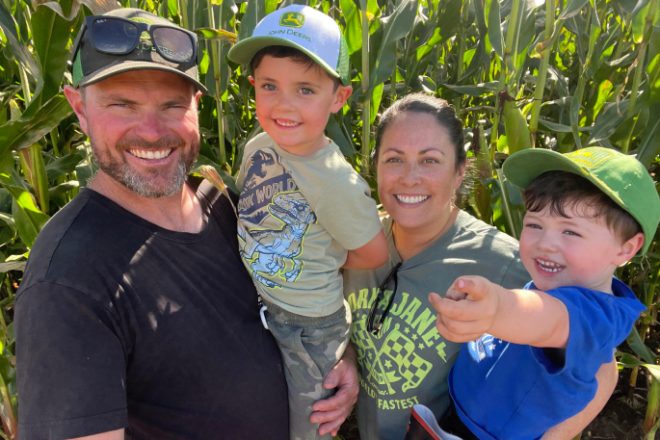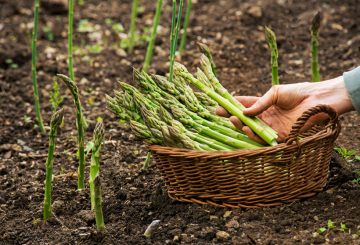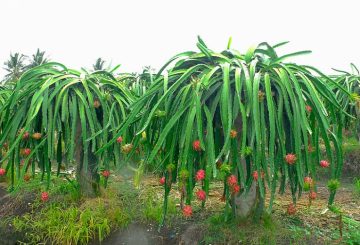Amber Carpenter, a dairy farmer from South Auckland, is passionate about her industry. She appreciates the opportunities it provides and the supportive community it fosters. Having entered the sector 17 years ago, Amber praises the amazing opportunities and the incredible people who prioritize the care of the land and animals.
Amber transitioned into farming from a corporate fashion career. She met her husband, Fraser, in 2007 and started farming part-time while maintaining her full-time job. In 2018, after giving birth to their first child, she decided to commit to farming full-time. The couple had been running a sharemilking business since 2015, with Amber helping on the farm during weekends and managing the books at night.
The transition from corporate life to farming was challenging for Amber, but she believes it was the right decision. She is grateful for the opportunity to raise their children in a rural community and has no regrets about the career change.
In June 2023, Amber was appointed chair of DairyNZ’s Dairy Environment Leaders (DEL) network. The network consists of 400 dairy farmer members nationwide who work together to promote environmental progress on farms. They also share their achievements, such as planting, fencing off waterways, and creating wetlands, with the wider community.
Amber and Fraser are committed to reducing their environmental footprint and leaving the land better than they found it. They plan each season to reduce their use of nitrogen and fertiliser and imported feed. They work closely with farm owners who value environmental sustainability and are involved in planning and implementing farm environment plans.
Amber joined DEL to connect with like-minded people, share ideas, and make a positive impact. Despite the challenges facing the dairy sector, she believes there are many opportunities and is optimistic about its future.






























































